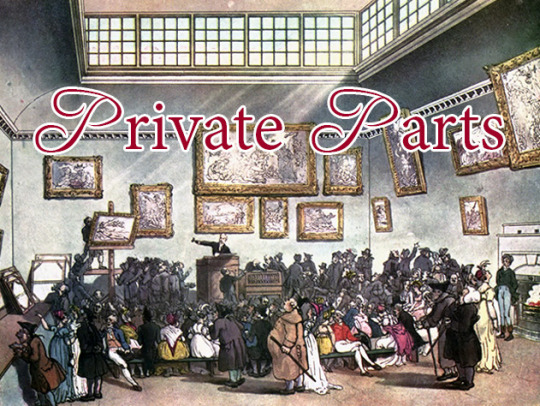
Private Parts is a series exposing the raw, gritty, and true stories behind artworks in private collections. Every week, you’ll find the untold tales of the back stabbings, thefts, and $100 million deals that move these works to secret lairs and impregnable vaults around the world. We’ll always be crazy in love with museums and galleries, but we also believe in giving the people what they want: All the art.
This week, behold Mark Rothko’s Orange, Red, Yellow.
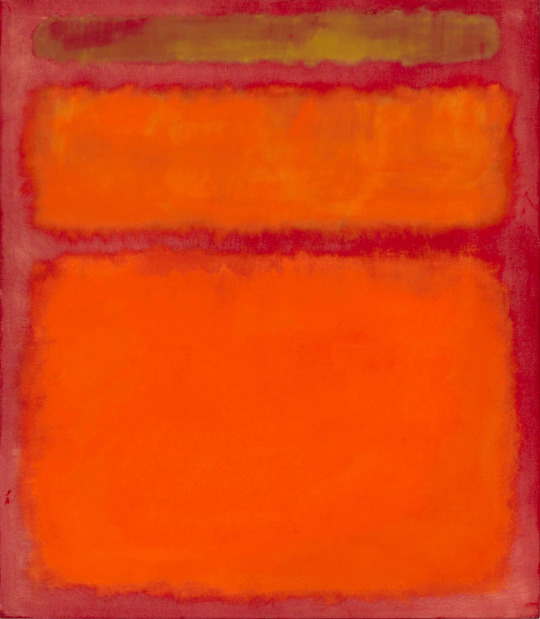
Or, Krabby Pattie in reverse.
Rothko was one of the art world’s supreme BAMFs. Right up there with Cellini who survived poisoning by diamond dust and Yayoi Kusama who threaten/offered to sex the pugilism right out of Richard Nixon.
The guy’s life is difficult to frame politely. The easy route is to describe Rothko as nothing more than a wiseass, and perhaps, dare I say, ungrateful. If the use of art is rooted in the experience it offers a viewer, then the only question we’re left with is why Marky Mark made art at all.
He once said, “I’ve come to believe that no painting should ever be displayed in a public place.” Rude, Rothko. He was also notoriously difficult to work with, his needless drama bringing as much fame as the art itself. For instance, Rothko once reneged to provide a swanky restaurant with a group of paintings for two reasons: The room’s light wouldn’t make the paintings pop, and Rothko believed the mouth breathers served by the restaurant didn’t deserve the sight of his works.

Fair to call him a little bit of a diva.
Rothko had a set of ideal conditions by which his art should be viewed. Rumor has it, ogling his paintings under these circumstances (head-on with the lights dim like you’re about to make love to the painting), it’s nothing short of a religious experience.
Though Orange, Red, Yellow seems a pretty obvious candidate for Abstract Impressionism, those kind of buzzwords drove Rothko wild. More generally, the public’s need to clothe art in easily digestible labels infuriated him. His goal was to paint art that inspired tragedy, ecstasy, doom. The big ideas. The stuff that, all in a moment, takes your breath away. The components of awe don’t boil down to square pegs and round holes.
The other major gripe he had with art the art world – beyond everyone trying to put him in a category – was with the blue bloods spending ungodly amounts of money on his paintings.
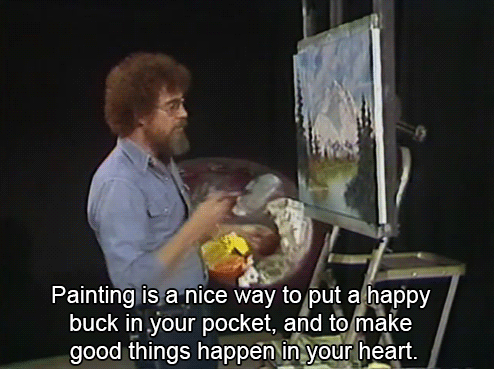
He didn’t exactly relish fame in the first place. But when the nouveau riche took note of his art, scooping up his paintings at thousands of dollars each, the transformation of his life’s work into a percentage of some stock jerk’s portfolio depressed the hell out of him. This pessimistic outlook never really abated.
In 1961, he visited the doctor claiming an issue with blurry visions compounded by an irritating case of seeing shadowy forms that weren’t really there. Eventually, he admitted that he’d all but been living off of alcohol for around six weeks. Self-medication and an unflinching attitude of doing Rothko 24/7 culminated in his suicide in 1970.
As such, the history and present circumstance of Orange, Red, Yellow would put him four five seconds from wildin’.
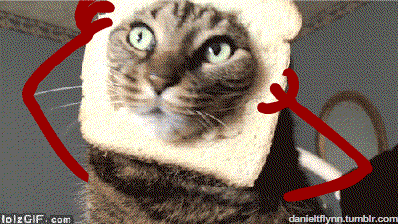
Orange, Red, Yellow was painted in 1961 and shown in galleries until the altruists David Pincus and his wife Geraldine purchased it six years later. The Pincuses were a real upstanding family, making their fortune in clothing manufacturing and then cashing out to devote their lives to helping the less fortunate. David, for instance, spent every birthday of his later life going to the most poverty-stricken corners of our planet to help bring some relief to the locals.
And, when David died, Geraldine made what was certainly a difficult decision to sell their art collection. A collection which Christie’s described as the Avengers of Abstract Expressionism, the best team ever assembled. So why sell? Partly to spread the art around to others, and partly to bring in a ton of dough to the Pincus Family Foundation.
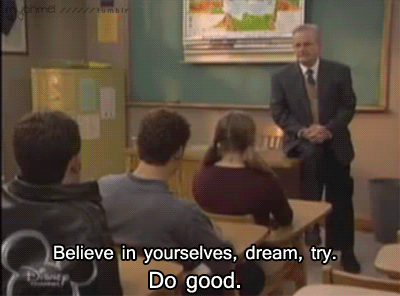
The entire collection was expected to sell for around $100 million. Orange, Red, Yellow made almost all of that on it’s own, selling for a whopping $87 million. Won by (my personal arch nemesis) a mystery buyer. The entire collection raked in $174.9 million, making it the most valuable collection of post-war contemporary art known to man. Which is great. Money’s awesome, and everyone likes reading about who has it and where. But you’ve got to wonder what Rothko’s say in this would be.
Whether or not Orange, Red, Yellow is your kind of art, it’s currently locked away in some enigmatic billionaire’s water closet for all we know. At least under Pincus’ stewardship, the painting was a constant fixture on loan to the Philadelphia Museum of Art. You could actually see it and figure out whether it gave you goosebumps or yawns. Now, it’s someone’s dirty little secret. If anyone goes back in time, don’t tell Rothko.

Also, don’t kiss your parents while you’re back in time.
By Clayton
Sources
- http://www.theartwolf.com/articles/most-valuable-private-art.htm
- http://www.markrothko.org/orange-red-yellow/
- http://www.bornrich.com/mark-rothkos-orange-red-yellow-expensive-contem…
- http://www.christies.com/lotfinder/paintings/mark-rothko-orange-red-yel…
- http://totallyhistory.com/orange-red-yellow/
- http://www.theartwolf.com/news/rothko-sold-christies-2012.htm
- http://articles.latimes.com/2012/may/10/entertainment/la-et-quick-20120…
- http://www.telegraph.co.uk/culture/art/9254687/Why-Mark-Rothko-is-still…
- http://www.bbc.com/news/world-us-canada-18001432
- https://www.justcollecting.com/miscellania/rothko-world-record-smashed-…
- http://www.spectator.co.uk/2015/03/a-strain-of-mysticism-is-discernible…
- http://theodysseyonline.com/saint-josephs/thoughts-from-places-philadel…
- http://www.huffingtonpost.com/2013/02/25/remembering-rothkos-death_n_27…
- http://www.christies.com/sales/post-war-contemporary-new-york-may-2012/…
- http://pincusfamilyfoundation.org/ourfounder.php#ourfounder
- http://www.christies.com/sales/post-war-contemporary-new-york-may-2012/…
- http://www.christies.com/about/press-center/releases/pressrelease.aspx?…
- http://www.bloomberg.com/news/articles/2013-01-17/christie-s-sales-clim…
- http://www.artnews.com/2012/05/15/spring-art-auctions-1-4-billion-in-tw…









